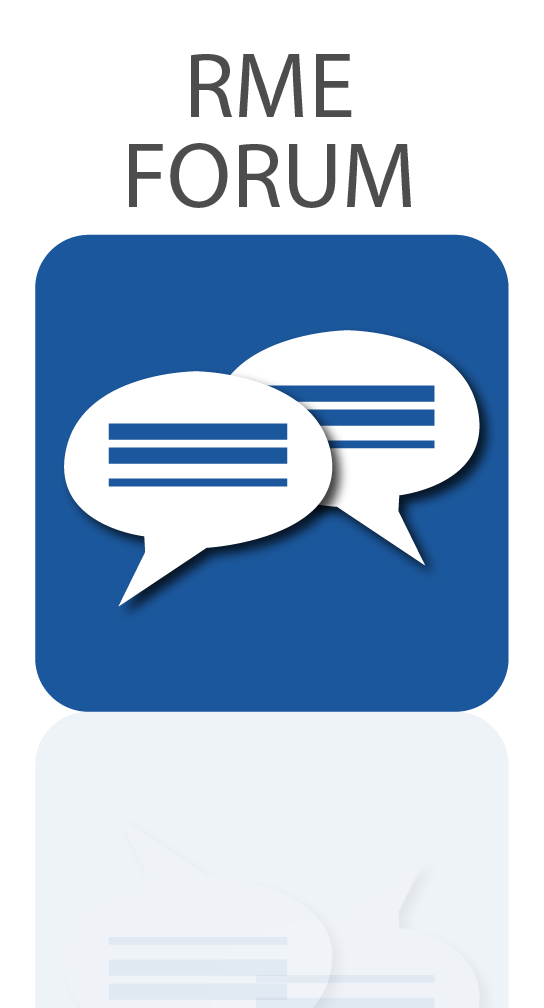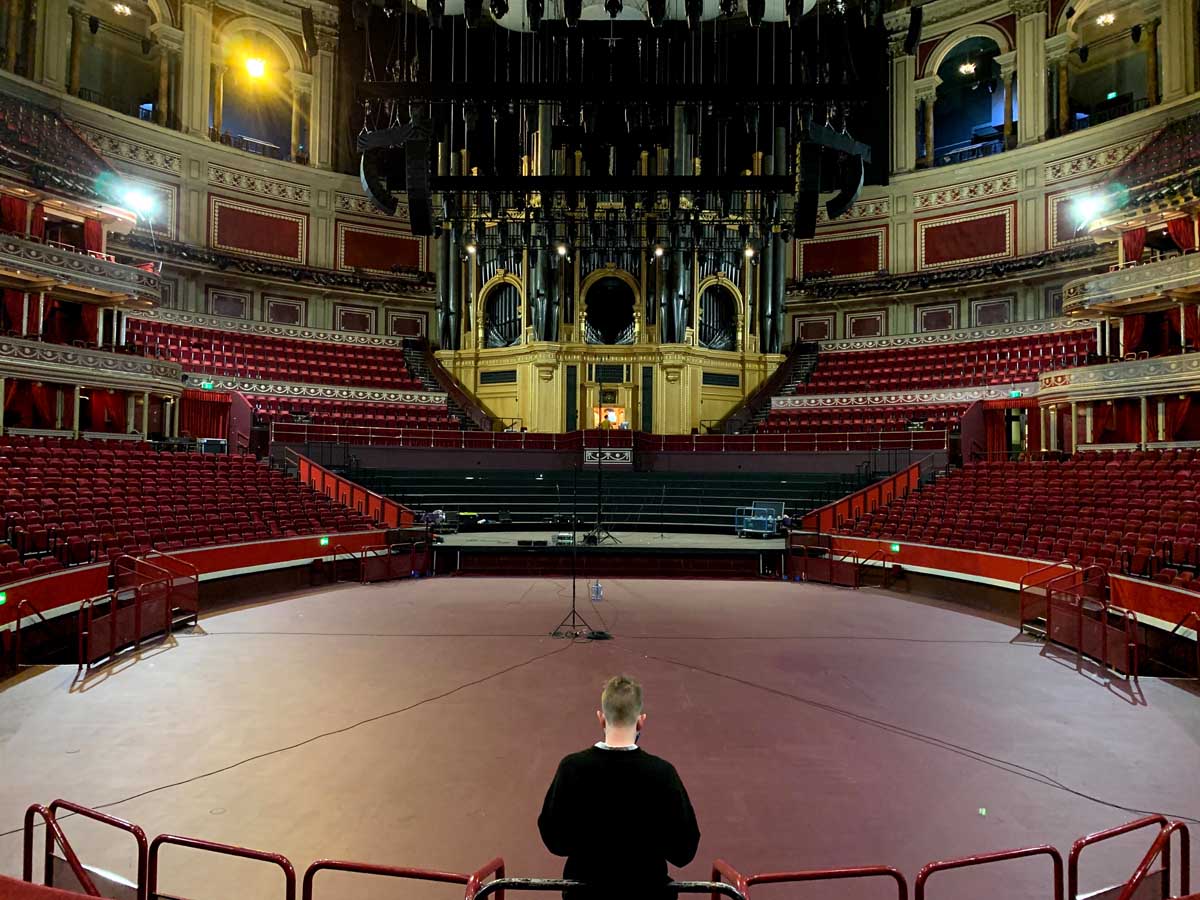 Engineer Chris Kalcov and Composer James Everingham discuss a once in a lifetime opportunity to record the Royal Albert Hall’s Grand Organ.
Engineer Chris Kalcov and Composer James Everingham discuss a once in a lifetime opportunity to record the Royal Albert Hall’s Grand Organ.
One of the world’s most iconic instruments, the Grand Organ at the Royal Albert Hall certainly lives up to its name. Described as ‘the voice of Jupiter’, the Organ has a total of 9,999 pipes, as well as 147 stops. It was refurbished in 2004 by Mander Organs, and infamously houses a very early Solid Stage Logic computer.
65ft wide and 70ft high, the instrument weighs around 150 tonnes, with the diameter of the individual pipes ranging from that of a drinking straw, all the way up to the largest – a 42ft high pipe with a diameter of 2 ft 6”, and weighing in at almost 1 tonne.
And whilst the Covid-19 lockdown was an uncertain time for live music venues across the country, one positive to arise from the Hall’s temporary closure was the opportunity to create an official sample library for the Grand Organ, endorsed by the RAH itself.
Co-engineering the project (along with chief engineer Oli Jacobs of Real World Studios) was mobile recording engineer Chris Kalcov, who alongside composer James Everingham, kindly gave us a window into this historic recording.
Chris also provided us with his thoughts on a variety of audio topics including MADI and AoIP; the subtle differences between high-end microphone preamps; and a run-through of his main de-rig system for his orchestral recording company (Hanger Hill Recordings), which includes a selection of equipment from RME and Ferrofish.
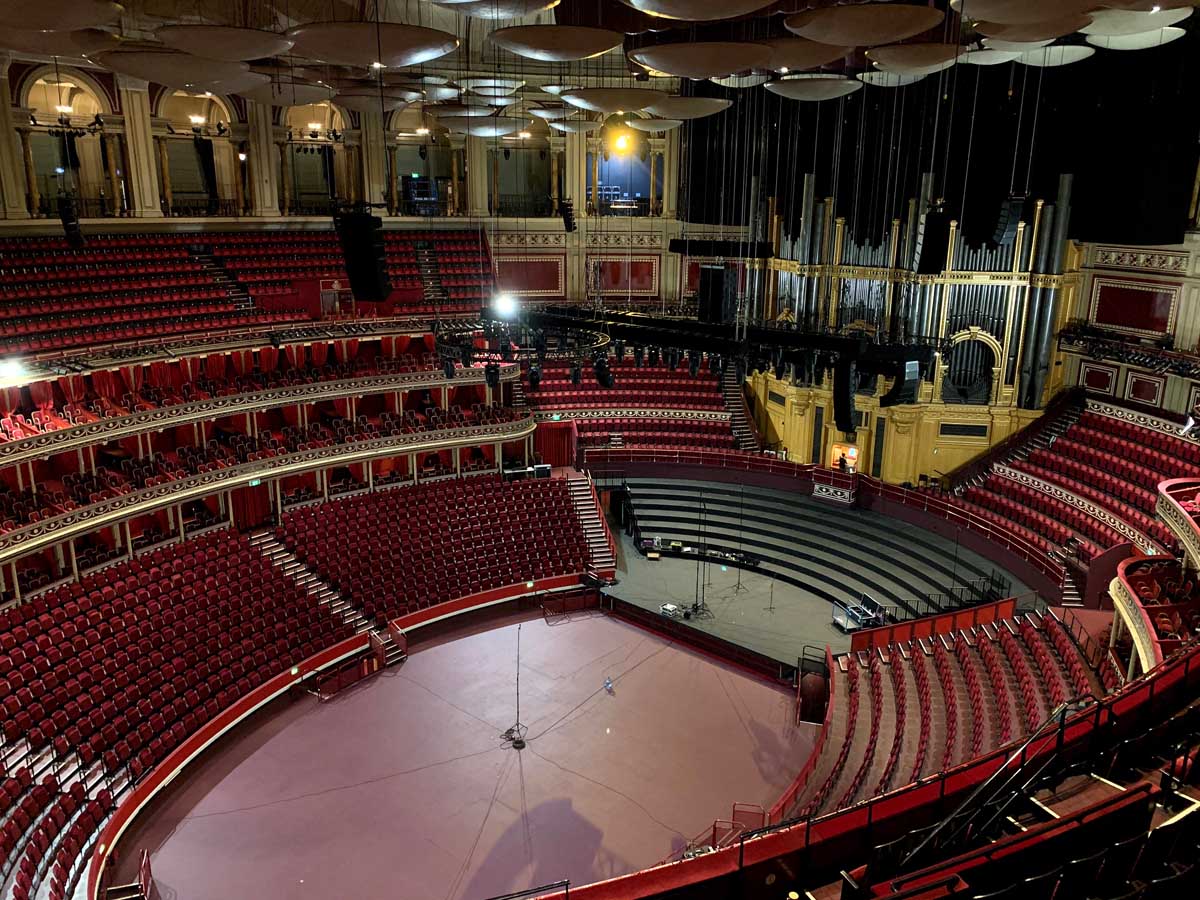 Recording the RAH Grand Organ
Recording the RAH Grand Organ
“The Hall never sleeps,” explains Chris. “If there isn’t a show on, there are people working on stage, behind the stage, above the stage. Tours take place, deliveries are being made. There’s a constant cycle of equipment and crew, and as soon as one show finishes, the next show goes in, overnight. The venue never sits still, all year round.”
“The Hall is also renowned for its latest round of acoustics design. But the downside to doing sessions there, is not only is it extremely difficult to secure the time, but you’d also never get it quiet enough – there’s always someone up in the gods vacuuming, or drilling, 1pm… 3am!”
“So to have the Hall so quiet during lockdown – and really, it was absolutely silent – was once in a lifetime. We knew we had to do it justice, as we’d most likely never get this opportunity again.”
The project was the brainchild of Composer James Everingham, with the idea to create a fully immersive sample library and Kontakt instrument for the RAH Grand Organ. Having enlisted the help of Producer and Engineer Oli Jacobs (who in turn recommended Chris for the project), the outcome is a beautifully crafted sample library that allows other musicians to enjoy the sound of the Grand Organ in their own compositions.
“I grew up fascinated with the pipe organ,” says James, “and was fortunate enough to visit the Royal Albert Hall a number of times as a child. I think I’ve always considered it the ultimate instrument in the ultimate room, so as a composer using sample libraries on a daily basis, I saw the opportunity with the Hall largely closed due to COVID. This allowed unprecedented access and importantly, the silence needed to record a sample library.”
“All in all it was a 2-year process from pre-production and recording in 2020, to development and release in 2022. Test recordings and tech recces proved invaluable in figuring out the best mic placements, the infrastructure available and noise mitigation strategies.”
“Working with Chris was a no-brainer given his experience and professionalism. Paired up with Oli Jacobs, who I’d worked with numerous times before at Real World Studios, we had a formidable recording team and an incredibly smooth process, especially considering I was remote monitoring from Los Angeles for the first half of recordings.”
“I’ve been very fortunate to work at the Albert Hall on a lot of events over the years,” continues Chris. “I think the Hall has a soft spot in everyone’s hearts, as it caters for all the arts and frames performers in the most beautiful setting. So I’m either up in the roof dropping audience microphones for popular music shows, or on stage wrangling microphones for classical events. They have a truly fantastic team there.”
“In the last five years I’ve been working alongside teams within BBC Television and Radio, in hanging the microphone infrastructure for the Proms season. The roof microphone rig that goes into the Albert Hall is probably the most extensive of any classical event, certainly in the UK. Everything needs to go up in a very specific order, and can take up to three days. You’ve got all these trusses, PA stacks and lights going up and down, so it can get very hairy if not precisely co-ordinated between teams. Since COVID, the number of microphones in the roof has increased to 48, just to get the coverage on stage for all eventual orchestra forces – it’s a lot!”
“So I was excited to receive a call from a friend of mine Oli Jacobs, who said he’d been tasked with this project by James Everingham.”
“He knew I’d worked in sample library development from my time at Spitfire Audio, and that I had my own rig, as well as previous experience with the Hall. We drop in microphones for the Organ all the time for televised events – in fact the holes in the roof for them have been permanently labelled with Sharpie since the late 2000s! And he kindly asked if I’d like co-engineer it.”
“We came up with a mic plot and compiled the plan together. And one of the ideas that James had was that he wanted to experiment with the idea of capturing the organ in more contemporary, unconventional ways.”
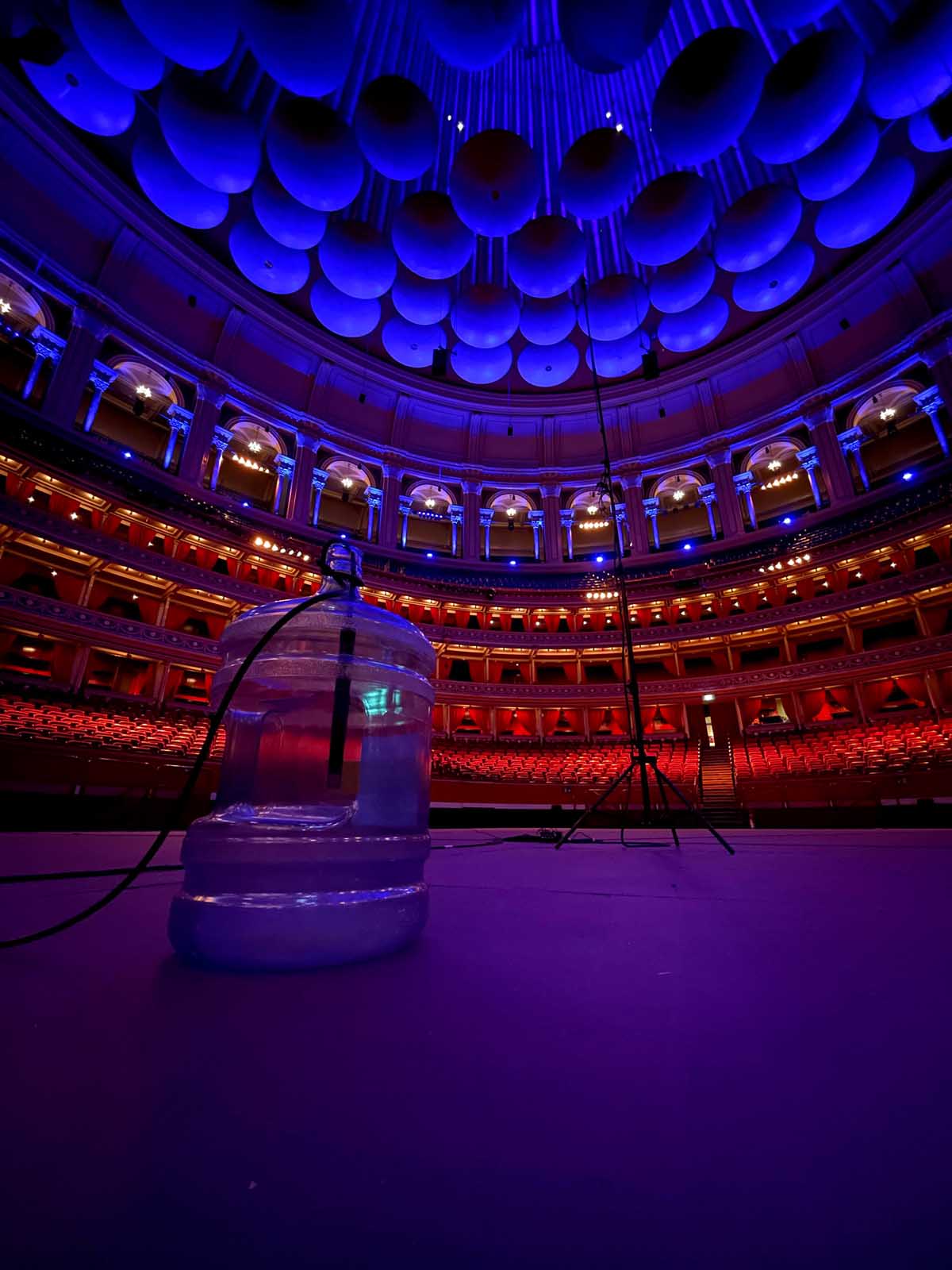 Creating the sample library – inside the RAH Grand Organ!
Creating the sample library – inside the RAH Grand Organ!
Alongside his work in music outside broadcasts (for companies like The Sound Alliance, Red-TX, Spiritland, and Conrad Fletcher’s The MixBus, who Chris continues with as the in-house Sound Guarantee), Chris has also assisted for a number of key classical recording engineers.
This includes Mike Hatch; fellow Tonmeister graduates Dave Rowell and Andrew Mellor; Neil Hutchinson and Jonathon Stokes from Classic Sound; and Dave Hinitt, who Chris credits as a major influence in the approach to recording the RAH Grand Organ.
“When I was younger I was fortunate to assist the fantastic Dave Hinitt,” says Chris. “A classical engineer renowned for his spectacular choral and organ recordings. He’s made the most realistic organ recordings that I’ve heard to this day.”
“Unlike the popular purist approach, his was to ‘capture all textures’ – microphones would go near each section of the pipe, and sometimes even inside the casing. In addition to the mains coverage.”
“Of course the colour of the sound would be peculiar, but tickling them into the mix ever so slightly, just the tiniest amount, would give it this incredible sense of realness, this amazing detail. And he had the magic touch of knowing how much of each to add, and most importantly where to pan them, to make the recording so life-like. Because an approach like that can be dangerous in the wrong hands.”
“Seeing Dave’s approach to the organ as an instrument for ‘realism’ was invaluable when we were researching inside-recording techniques, and being able to apply them to a contemporary sample library.”
Fortunately the team at the Albert Hall were very accommodating, giving the project the green light to explore inside the casing of the Grand Organ.
“We climbed into the organ casing, and low and behold amongst all the intricate pipework was all this incredible percussion!” Chris exclaims. “A whole bunch of things that I never knew were there.”
“Did you know there’s a full-sized vibraphone inside the organ casing for example, wired up to an entirely motorised set of mallets. A robotic vibraphone. Then there were these little bells that would ring from time to time. The organist shouted up ‘I don’t think some of the keys on this stop do anything’, but in fact he was triggering these bells. You would never hear them from the Hall’s floor.”
“So Oli thought ‘we really must put microphones in here, there are just so many toys that people wouldn’t have known about.’ They’re all part of the original design. So we knew we just had to take the opportunity to capture it in a way that really documents the instrument to its fullest.”
“We had limited time in the Hall,” adds James. “And with microphones up to 80m apart and raked seating to contend with, rigging the venue was no easy feat – though Chris and Oli made light work of it, I’m sure in part thanks to the flexibility of the RME and Ferrofish components. With my own studio based around RME, TotalMix was a welcome sight in what was one of the more unconventional recording environments I’ve experienced.”
“With my own studio based around RME, TotalMix was a welcome sight”
“Some consideration was given to recording every rank, but one of our core goals was to open the instrument up to musicians beyond organist circles. We worked with world-renowned organist Richard Hills and recorded pre-registered patches, which are presented with bespoke stereo mixes and individual mic positions in Native Instruments’ free Kontakt Player.”
“Ultimately, anyone with a computer can now play one of the most exclusive instruments in the world, and it’s been amazing to hear people using the instrument to open up new musical possibilities, from pipe organ metal to Interstellar-inspired film scores.”
(For an in-depth look at the finished sample library, check out the introductory video with James Everingham.)
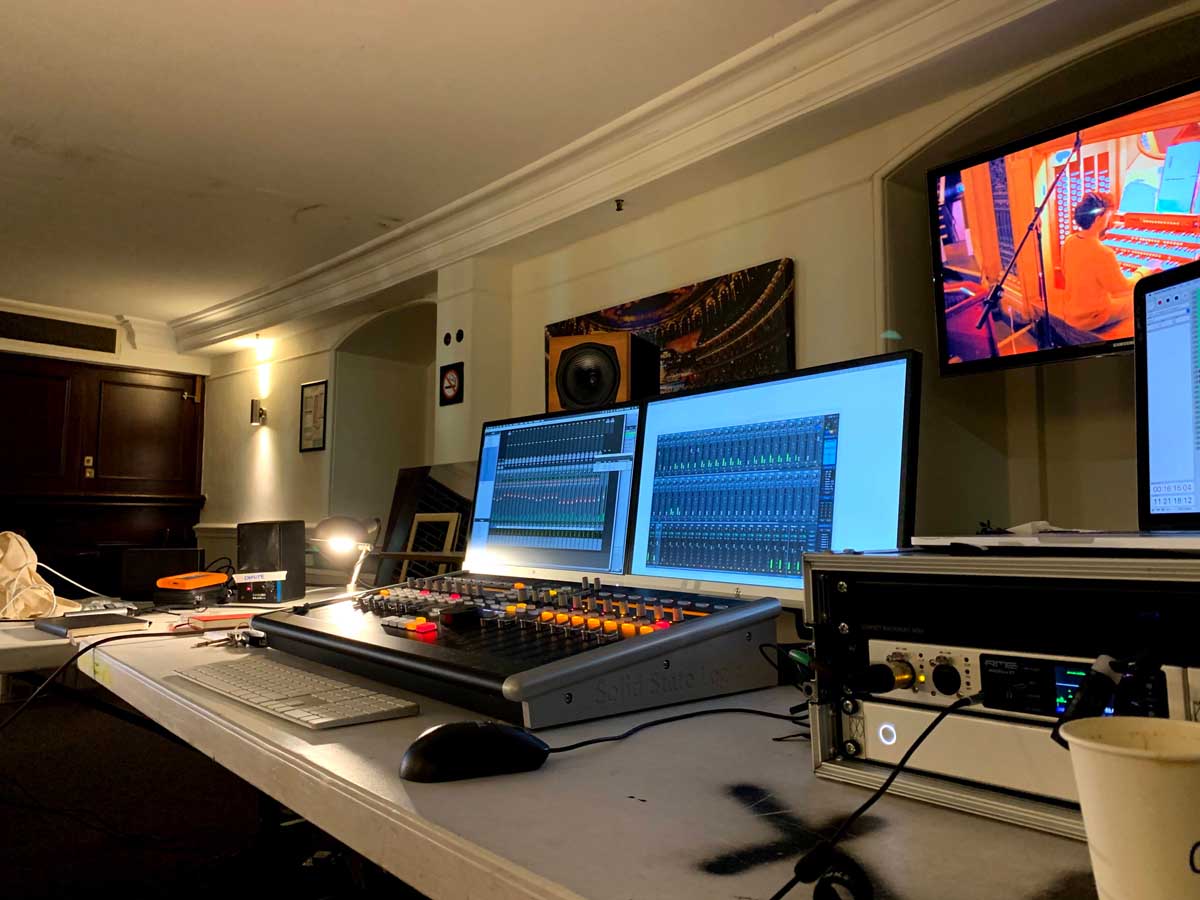 Chris Kalcov’s Recording Rig
Chris Kalcov’s Recording Rig
The Grand Organ was captured via Chris’s main de-rig system, which he describes as “very much RME-based”.
“In terms of gear we used my main portable recording rig,” says Chris. “Everything comes back into an RME MADI Router, which feeds two recording machines both hosting RME MADIface XTs.”
“At the front end, I have 32 channels of Grace Design mic amps and another 16 channels of RME Micstasy.”
“Most orchestral recordings, normally, you would max out at 48 channels, perhaps 32 for the largest classical sessions. It often doesn’t make sense to have all of your mic amps in one place. For example if there’s a choir, you wouldn’t want to run single XLRs all the way back to the front of the stage.”
“And likewise in the Hall, if you’re putting out organ spots for example, and we have to drop those spots from the roof, it doesn’t make sense to put the mic amps on the floor and drop a heavy multi from the roof.”
“So for that reason I have the RME Micstasys ready to deploy where needed, they sound fantastic. As a sidenote, the Micstacy is a more iconic bit of hardware than most know. Possibly 50% of all European classical recordings made since the Micstacy’s release have involved one in some way.”
“This has changed a bit in more recent times with AoIP, but before the world of IP audio came along, the RME Micstasy was king. If you’ve ever listened to a modern classical recording, chances are you’ve been listening to a Micstasy.”
“I’d be very reluctant to move away from them, because I know I can rely on them all of the time, and they’re just really good at what they do. After all, it was designed by somebody who wanted to use it.”
“RME equipment is also just so reliable. And in the world of orchestral recording and TV, where musicians are paid to the minute, and musician’s union session times are x amount, you absolutely can’t afford for something to let you down, there’s no time for that. It needs to work first time, and RME does.”
“I’d also add that because of that, everyone’s sort of come to expect to see RME on every classical gig, doing an important job in some shape or form. Whether that’s a MADI Router, a microphone preamp, a headphone amplifier. Every single aspect of the chain is important, and RME equipment has never let us down. And there aren’t that many audio manufacturers out there that I can say that about.”
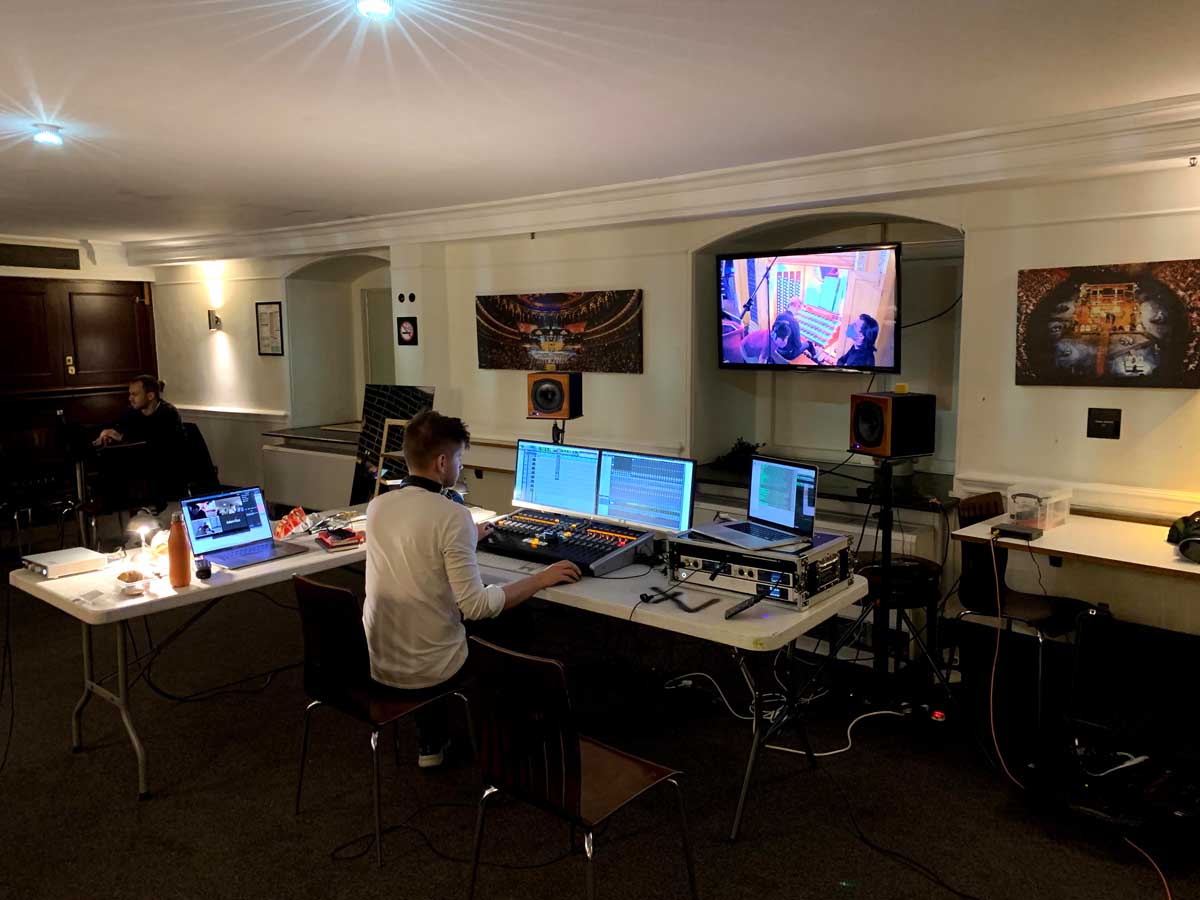 On using MADI
On using MADI
As with our recent chat with music editor Victor Chaga, Chris is an engineer who likewise continues to favour the MADI format.
A point-to-point digital audio format, MADI allows the transfer of up to 64 channels of audio (at 44.1 / 48 kHz) via a single cable, and at distances of up to 2km.
“I still really like MADI, and I still find myself choosing it in favour of any of the AoIP-based alternatives,” notes Chris. “And in my opinion, RME excel in their MADI implementation across their product range.”
“IP and networked-audio works fantastically well if you have a venue or TV studio, somewhere where all the kit is permanently installed, and rarely changes. It certainly has countless benefits, and there are a huge assortment of things you can jam down the same cable – all sorts of control data, as well as comms, video feeds, internet. Although you can also do that with a multiplexer on some other fibre device.”
“But in my world, I’m often setting up a different audio system each day. I might have an 8 channel choir recording on one day for example, then a film scoring session the next, with an organist in one space and a choir in another. And the choir needs monitoring, but the organist needs red light and talkback… And for that, MADI is almost like analogue, in that it’s simple ‘plug and play’.”
“Then if there’s a problem, it is very easy to troubleshoot. There are a lot of tried and tested ways you can figure out why a MADI signal isn’t working, whereas for IP you may be looking inside the 56th drop-down menu on Page 7 of a switch etc, which are issues you just don’t have in the most part with MADI.”
“RME excel in their MADI implementation across their product range”
“I always try where possible to prep in great detail for gigs, setting up and testing everything before we go on site. But sometimes you’re rolling from one gig to the next, and there’s just no time to do that.”
“With an orchestral recording for example, I might have the whole orchestra rigged up and ready to go in 3 hours with my MADI gear, whereas a Dante system I’ve found would often become more like 5 hours to get to a similar state. And sometimes that’s just time you don’t have, so it’s nice to know with MADI you can just rock up, plug it in and everything’s there.”
“So I do love MADI for its simplicity and I’m reluctant to move away from it. I know I’ll probably have to eventually, but knowing that it sounds good – which at the end of the day is the most important thing – and that it’s practical and quick, MADI is still a winner for me.”
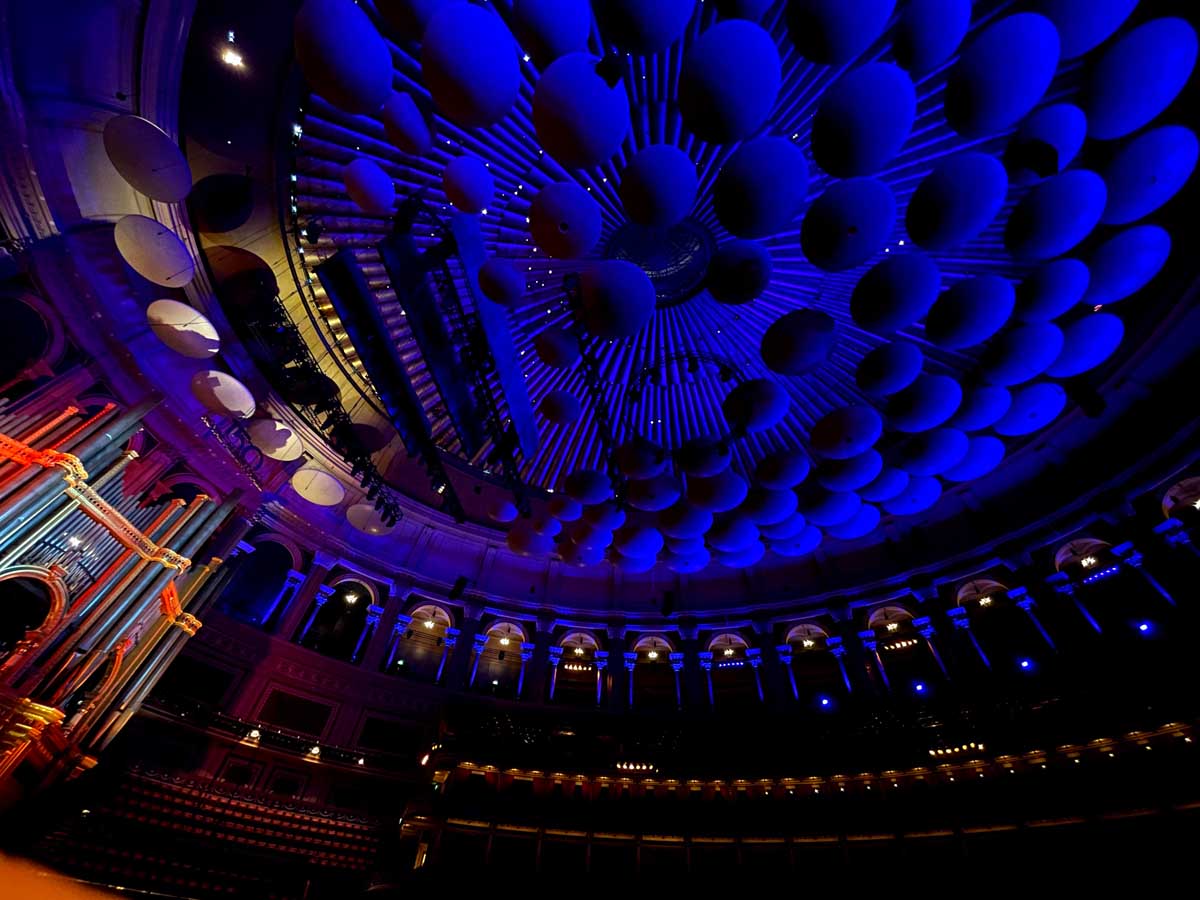 RME Microphone Preamps
RME Microphone Preamps
As Chris’s current rig features both the RME Micstasy and Grace Designs M-108s – another highly respected microphone preamp for classical music – we asked him for his opinion on the differences between mic pres of this calibre.
“I’m currently sticking with the Micstasy for convenience and producers feel comfortable seeing them, but one of my colleagues has been using the RME 12Mic and rates it very highly. Having 12 mic inputs in 1U is very useful.”
“I also know engineers who’ve been using the RME OctaMic XTC with great success, and it’s arguably the most flexible device from RME – it’s got analogue outputs as well, it does format conversion, and it’s all in 1U. It’s a bloody good little box, and I know many classical CDs have been made with those mic amps too.”
“The Grace mic amps are exceptionally clean, very clean. And reliable, too. Their technical specs are exceptional, which is why I’d initially selected them, although at this level the specs aren’t everything, it’s all about how they sound.”
“But they’re also what I’d describe as ‘ruthlessly unforgiving’. So if you have a musician in front of them who is feeling ever so slightly uncertain, or they have a minor quirk in their playing technique that one might not want to portray, it will pick up on that and let everybody know, with a smile.”
“Equally if you have an orchestra who are giving the most amazing performance in a good room, that will come across in your recording in a spectacular way. They accentuate every single thing – if you change the angle of your stereo pair of mics by a few millimetres, the Graces will tell you. However, the flipside of that is that if you make a recording that’s slightly subpar, they will not let it slide. I enjoy using them because they make me work harder as an engineer.”
 “Whereas the Micstasy is just that little bit more forgiving. I don’t know what it is about it – they still sound exceptionally clean and detailed, with such excelling temporal responses. Maybe it’s because they don’t necessarily have that super extended top-end. It’s got a nice sort of softness – without any loss in detail, or image or clarity – and that can help an engineer get the sound they need to please the client a little bit quicker.”
“Whereas the Micstasy is just that little bit more forgiving. I don’t know what it is about it – they still sound exceptionally clean and detailed, with such excelling temporal responses. Maybe it’s because they don’t necessarily have that super extended top-end. It’s got a nice sort of softness – without any loss in detail, or image or clarity – and that can help an engineer get the sound they need to please the client a little bit quicker.”
“I mean at this level we are really splitting hairs, but that’s my experience. It’s very much a ‘feeling’ rather than a colour. They would all be interchangeable if they needed to be.”
“Of course the other thing is, with this sort of quality of mic amp, practicality becomes most important, along with reliability. It’s another reason I haven’t moved away from my Micstasy or Graces, because they’re both so practical to use.”
“I wouldn’t want to be on a session with time constraints, plugging in dozens of microphones, and it just be one LED on the front that tells me if there’s signal or not.”
“My control room could be 150m away, so I want something that tells me when I plug two microphones in, ‘oh that 4006 looks a little bit quieter than the other one’. It’s nice to have a device that tells you exactly what the gain is for each channel at a glance, so you can address it immediately before it’s even become a problem.”
“At this level, in many ways it’s as much about workflow as it is sound. The sound is still very important, of course, but at this level of quality, I’ll pick a mic amp based on its reliability and practicality, instead of splitting hairs over 3dBs of signal to noise ratio and things like that.”
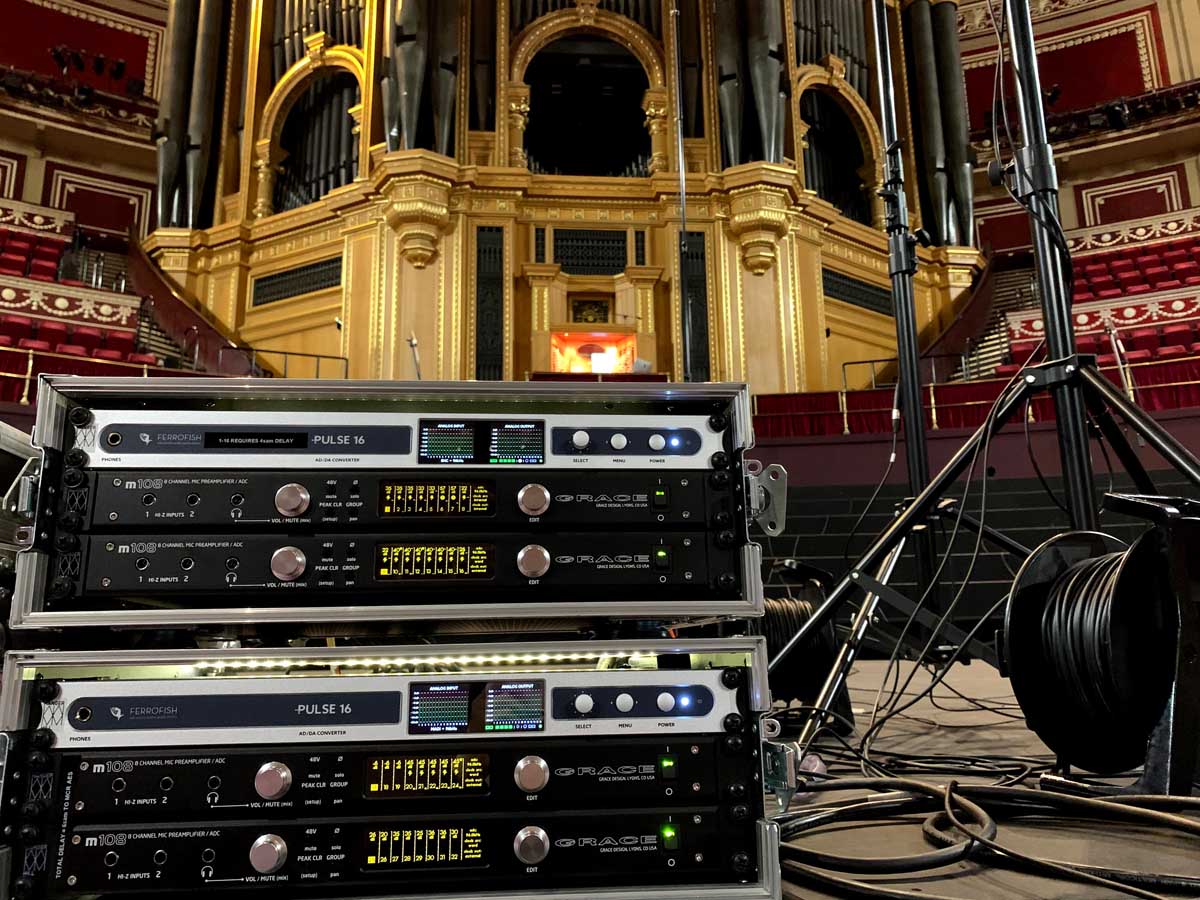 On Ferrofish Converters
On Ferrofish Converters
Chris’s rig also features a Ferrofish Pulse 16 MX, which he says he’s primarily using for its format conversion.
Traditionally something of a ‘word-of-mouth’ brand, Chris notes that he’s now seeing Ferrofish more and more, particularly in large-scale live events.
“I originally came across them from the broadcast world, with many theatres having jumped over to Dante,” Chris says of Ferrofish. “Many OB trucks continue to run MADI, and we needed a way to interface our trucks with the theatres, who will commonly offer us a split of their sound effects or radio microphones.”
“And Ferrofish were one of the most attractive options at the time, with their 1/2U Verto boxes and its bi-directional conversion.”
“And then as time’s gone on, I started seeing their AD/DA Converters more and more at big stadium event shows – lots of people were touring with them in their racks.”
“It’s funny, with Ferrofish people don’t really talk about the sound, it’s more about the reliability. People always mention how they ‘just always seem to work’ and don’t impose their own sound, they’ve got that same reliability to them that RME has. That’s what makes them fantastic, and great value for money. With really good customer support I should add.”
“We’re seeing them more all the time, and if we need a format converter, most engineers in live events wouldn’t bat an eyelid if someone suggested to use a Ferrofish device.”
“The front panel is also great, you can jump on there and adjust the analogue outputs quickly, which I’ll often use for my redlight and talkback feeds. I can see the levels quickly when I need to, but equally you can kind of just set and forget them. I think for most people using them for live events it’ll be a similar scenario – set it to convert one thing to another, route that to that, and it’ll just stay there working all the time. And I’ve never heard of anyone having any problems.”
“I certainly wouldn’t have any problem giving a final programme output off the back-end of them, to a vision embedder for example, using them as a D-A in that scenario. The ultimate test in TV of course, is when you watch back the end product, and you go ‘yeah that’s how I expected it to sound’. Then you know that it’s done the job well.”
Our thanks to Chris Kalcov and James Everingham. To try out the Royal Albert Hall Grand Organ sample library for yourself, visit www.royalalberthallorgan.com .
To find out more about Chris Kalcov’s work as a classical recording engineer, visit www.hangerhill.com .
Find out more about the RME Micstasy
Find out more about the Ferrofish Pulse 16 MX
![]() If you’d like to know more about any of the products supplied by Synthax Audio UK, give us a call on 01727 821 870 to speak to one of our team or to arrange a demo.
If you’d like to know more about any of the products supplied by Synthax Audio UK, give us a call on 01727 821 870 to speak to one of our team or to arrange a demo.
You can also contact us here.



















